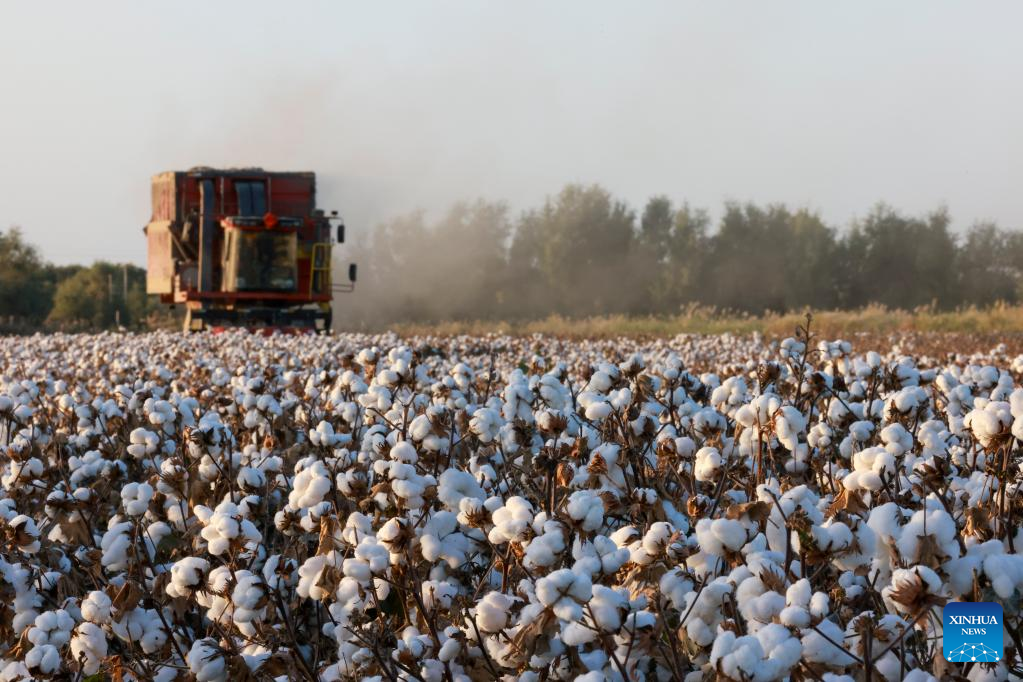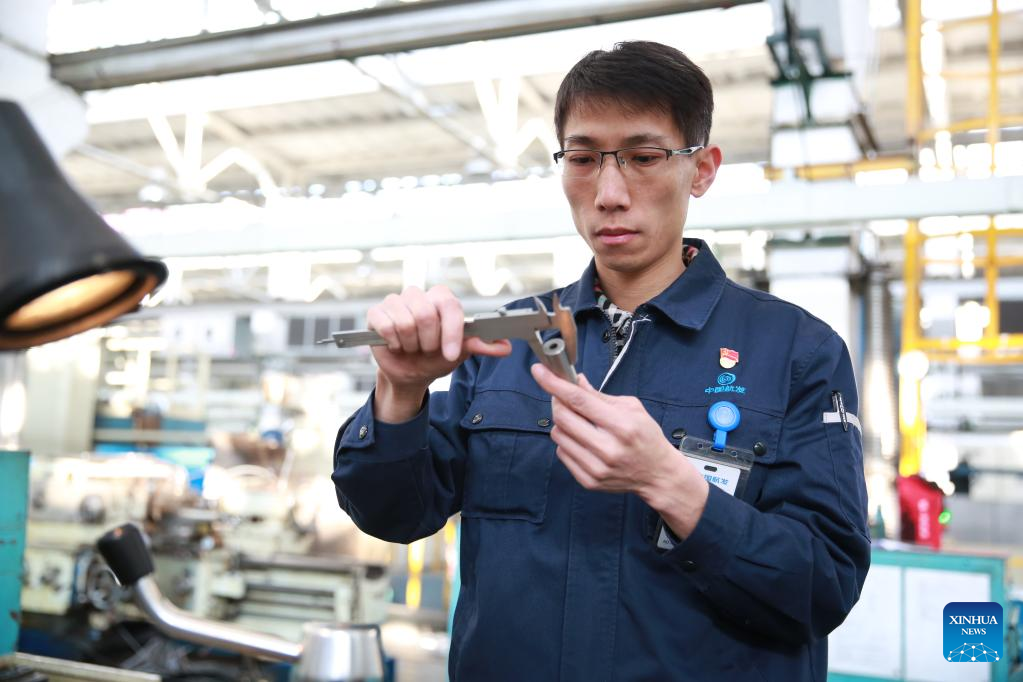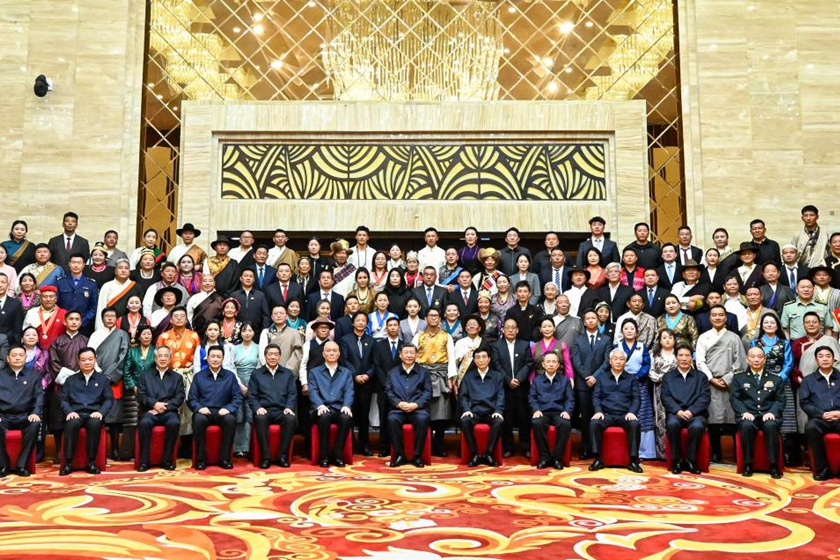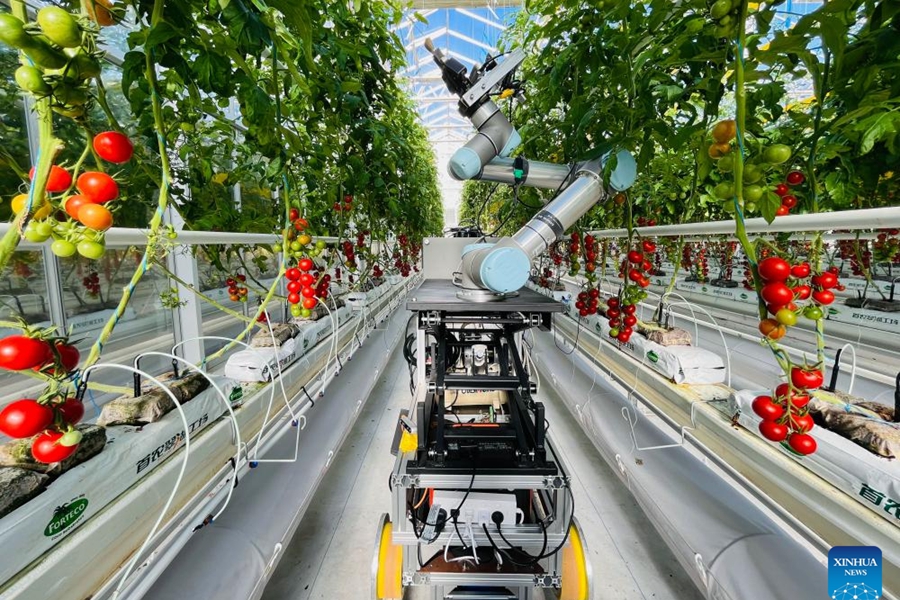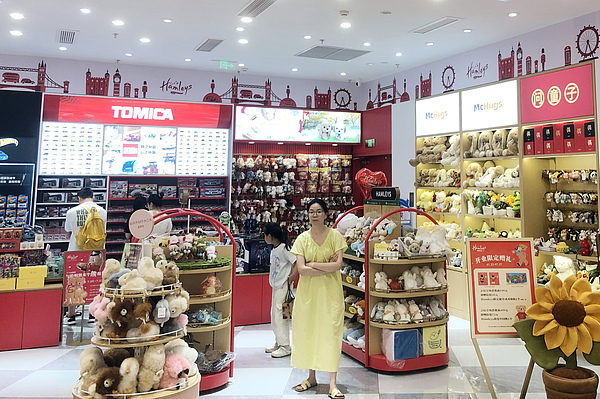
A caregiver leads seniors in a rehabilitation activity in Sihong County, Suqian City, Jiangsu Province. (Photo/CFP)
Jiangsu, one of the first provinces in China to face an aging demographic, has seen all 13 of its cities with subordinate districts enter a moderate aging society. The province is now actively improving the quality and expanding the capacity of its elderly care products and services.
In Taizhou City, the long-term care insurance system covers the entire city, benefiting a large number of individuals. The community-level medical institutions are transitioning to provide long-term care services. Wuxi is noted for the integration of home-based elderly care beds and home-visit services. In Changzhou, nursing beds constitute 70% of the total in elderly care institutions, with some facilities establishing special care areas for those with cognitive impairment or introducing professionals to provide quality, cost-effective services.
Regarding industrial layouts, Nanjing have formed clusters of the biopharmaceutical and medical device industries in its Jiangbei New District and Gaochun District, respectively. The intelligent elderly care and robotics industries are rapidly developing in Wuxi, while Changzhou hosts the West Taihu Lake International Medical (Rehabilitation Aids) Industrial Park, a national-level innovation park.
According to the statistics, Jiangsu is leading with 91 innovative elderly care products and services recognized nationally, and has added five new foreign-invested enterprises in the sector.
Jiangsu will further promote the development of elderly care product and service demonstration and experience centers, and provide support for the investment in this sector, according to the Jiangsu Provincial Development and Reform Commission.
The province will also encourage branding and marketing activities, including the Yangtze River Delta Elderly Care Trade Fair. Additionally, Jiangsu will facilitate the centralized purchasing of nursing equipment and elderly care products for institutions, communities, and households.



